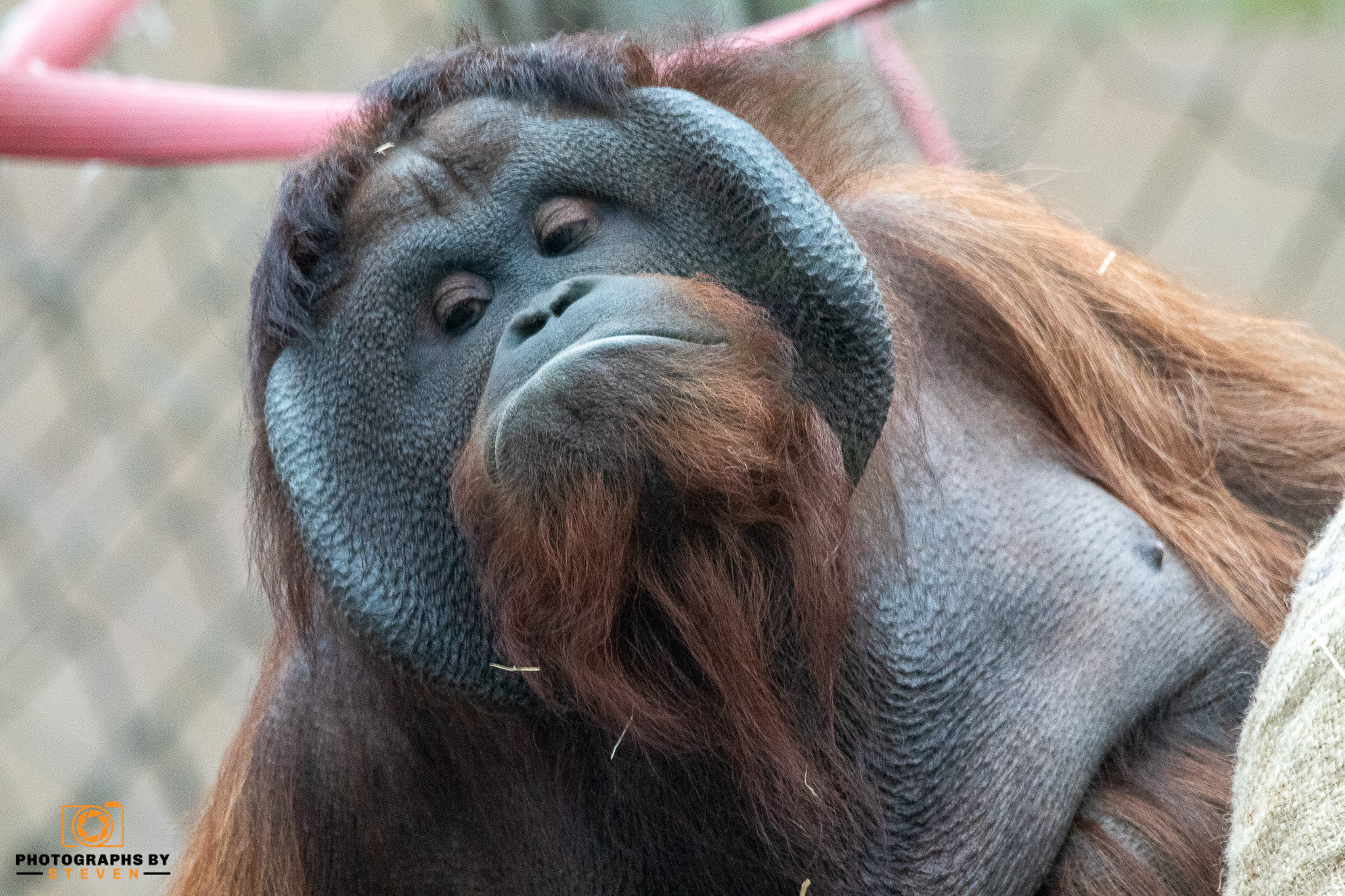After seven years of research, experts at the University of Wisconsin-Madison have determined that three-toed sloths are the slowest animal on the planet. The three-toed sloth has a lower metabolic rate of 162 kilojoules per day per kilogram. Meanwhile, two-toed sloths expend 234 calories every day. At 185 kilojoules, giant pandas are the sole competitors for the title of slowest mammal.
They live in limited areas and spend most of their time eating, resting, or sleeping. They also have the remarkable capacity to change the temperature of their internal thermostat. They are mildly heterothermic, which means they can adjust their body temperature by roughly five degrees Celsius to match the outside temperature. They save a significant amount of energy by lowering their body temperature.
Behavior and Eating Habits
Outside breeding season, sloths are reclusive species that rarely communicate with one another. Due to their rigorous sleep schedule, sloths have little opportunity to feel lonely. Captive sloths sleep 15 to 20 hours daily, although wild sloths rarely sleep more than 10 hours. Sloths love to sleep curled up in the fork of a tropical tree. They also enjoy sleeping while clinging to tree branches with their claws.
Sloths are folivores, which means they only eat leaves, twigs, and buds. They eat the leaves of nearly 30 different trees and liana (woody vine) species. They have four-part stomachs and highly specialized gut microbes to aid in the breakdown of such tough food, comparable to digestive systems in other ruminants such as domestic cattle. Given their nutrition, it's no surprise that sloths have a prolonged metabolism and a low percentage of muscular mass when compared to other mammals.
Ecological Significance of Sloths
Sloths are essential to the Amazon jungle. They have a symbiotic association with a kind of algae found solely on sloths! The association benefits both parties: the algae find refuge and water in the sloth's hair, while the sloth obtains camouflage, protecting it from predators. Algae aren't the only opportunists living in sloths; new research has uncovered various fungi in sloths have disease-fighting qualities.
The State of Conservation
Even though sloths are a somewhat vulnerable species, their populations are not in decline. Nonetheless, people, through deforestation and hunting, threaten sloth survival. Four of the six living sloth species are considered the slightest concern. The maned three-toed sloth (Bradypus torquatus), native to Brazil's rapidly diminishing Atlantic Forest, is considered vulnerable to extinction. In contrast, the pygmy three-toed sloth (Bradypus pygmaeus), located only on Panama's Escudo Island, is critically endangered.
Mating Practices
Sloths mate and reproduce in trees. Courtship begins when a female emits a shrill, monotonous mating scream to alert males in the vicinity that she is ready. If more than one male responds to this call, the suitors will compete for her by swiping at each other while hanging from branches by their feet.
Chiarello explained that sloths' mating behaviors and gestation durations vary significantly by species. Three-toed sloths typically breed in late summer to early fall and give birth early the following year, whereas two-toed sloths have a blurred reproductive timetable that occurs year-round.
The Three-Toed Sloth: Amazing Facts
- The three-toed sloth is found on Isla Escudo de Veraguas, isolated from the rest of Panama for 9,000 years. A severe threat to the three-toed sloth is its habitat degradation, shrinking its already restricted habitat.
- The sloth is the world's slowest mammal, with a top speed of 0.24 kilometers per hour (0.15 mph). Because they are so passive, algae accumulate on their hairy coat.
- Unlike most animals, the three-toed sloth cannot keep a consistent body temperature, limiting it to warm conditions.
- Three-toed sloth newborns are frequently spotted clinging to their moms; they travel for the first nine months of their life by clinging to them.
Have you ever wondered if sloths are blind? Well, if you have we have written a blog post about that!



Leave me a comment
Thank you for reading my post, if you want to leave a comment, you can do so below.